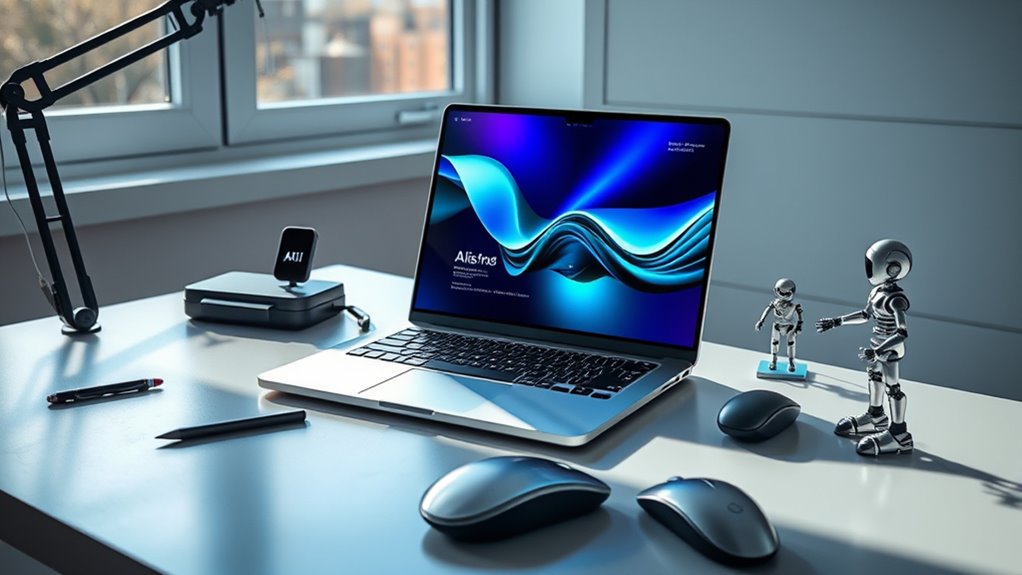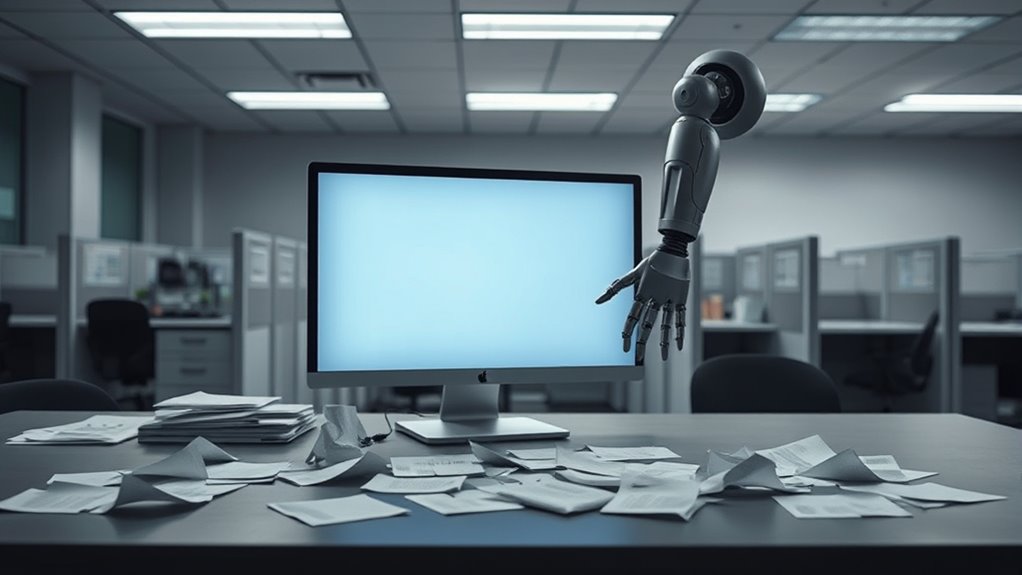How accurate is Turnitin’s AI detector in spotting AI-generated work? This question is on the minds of many in the academic world. Turnitin, a popular tool used by schools to check for cheating, claims its AI detector is 98% accurate. That sounds impressive, but there’s more to the story. The tool also has a 1% false positive rate, meaning it sometimes flags human work as AI-made by mistake. This can cause problems for students and teachers alike.
Turnitin claims a 98% accuracy rate for its AI detector, yet a 1% false positive rate can still trouble students and educators.
The detector works best when it’s looking at either fully AI-written or fully human-written text. It identifies 100% human content with 93% accuracy, which is pretty good. It’s also successful at catching content from AI tools like ChatGPT. However, things get tricky with hybrid texts—those mixing AI and human writing. Here, the tool isn’t as reliable, and false positives are more likely.
Plus, it struggles with short texts, lists, or bullet points, and needs long-form writing to work well. Scores can also be off by up to 15 percentage points, adding to the uncertainty. Recent data shows that about 11% of papers reviewed by Turnitin have at least 20% AI writing.
There’re other issues too. The tool was trained on older AI models, so it might not catch content from newer tools. Files that don’t meet specific format rules can cause errors as well. Some schools have even turned off the detector because they’re worried about its reliability. Tests in different settings show mixed results, with some inaccuracies popping up outside controlled lab environments. Additionally, independent testing has revealed that Turnitin often misses AI-paraphrased content, leading to further doubts about its effectiveness. In comparison, tools like GPTZero’s high accuracy have been noted by independent sources as highly reliable in detecting AI-generated text.
This matters a lot in schools where stopping AI cheating is a big deal. Students might not fully understand how the tool works, leading to confusion. Meanwhile, Turnitin faces competition from other AI detectors, pushing it to keep improving. The tool needs regular updates to stay ahead of fast-changing AI tech. Feedback from teachers also helps make it better.
Looking ahead, there’s hope for improvements. The challenges with hybrid content and false positives are clear hurdles. As AI keeps evolving, tools like Turnitin must adapt. For now, its accuracy isn’t perfect, and the academic world watches closely to see how it’ll handle the next wave of tech.









